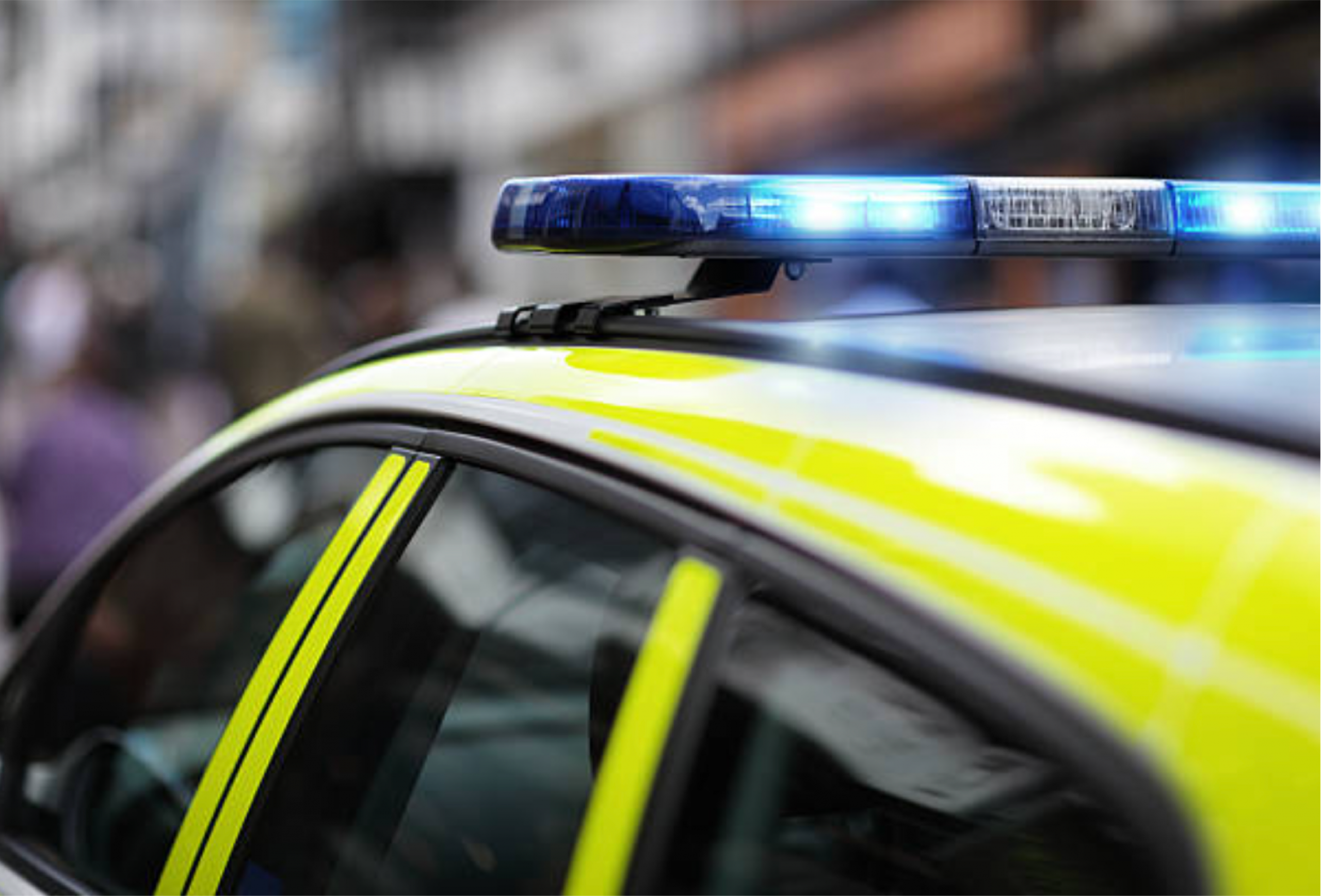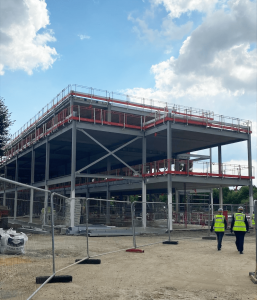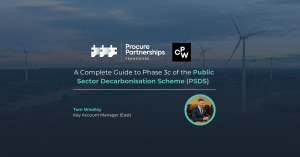The blue light sector has faced an extraordinary demand on their services throughout the Covid-19 pandemic, and the pressure continues as they battle with staff shortages and budget cuts. There is a call for transformative change to enable blue light provision to be more streamlined and efficient, assessing their estates to create an ecosystem of emergency services to better serve their communities and to support the Government’s effort to decarbonise construction across all sectors in the UK to meet Net Zero by 2050 targets.
In this article, Key Account Manager Natalie Palframan explores what the blue light sector is doing to make their facilities greener and more sustainable.
A Thorough Review of the Blue Light Estate
There are approximately 1500 police stations, 2993 fire stations and 1257 hospitals providing ambulance services in the UK currently. Across the estate, little investment has been made in refurbishment and there are many ageing buildings with a maintenance and repairs backlog. Increasingly, older facilities are viewed as not fit for purpose, resulting in underutilisation, challenging operational costs or closures. Although there are no official published statistics, Freedom of Information requests have revealed that 217 police stations have closed across England since 2015, equating to one every two weeks over the past seven years, and over 40 fire stations have closed, with those that have remained open often operating with reduced part-time hours. Blue light providers are now looking at ways to rationalise their estate property, making better use of surplus space in larger Headquarter buildings for shared training initiatives, considering the amalgamation of a shared ‘hub’ provision to maximise efficiency and resources, and exploring cost savings and reduced environmental impact through design to create purpose built and carbon neutral buildings.
Working Together – Shared Blue Light ‘Hubs’ and Tri Stations
There is growing enthusiasm and readiness from emergency service providers to consider their place in the communities they serve and adopt a holistic approach to their public sector provision. This explores the benefits of using public buildings collaboratively to deliver integrated services. By merging their estates, a reduction in costs and an increase in efficiency can be realised, by operating services from a combined base. These blue light ‘hubs’ or Tri-Stations are set to be the way forward for providers to achieve longer-term commercial, economic, social, and environmental objectives.
Operating three service provisions from one location improves opportunities for shared training and collaboration. A reduced building portfolio also helps to reduce the sector’s overall carbon emissions and operational running costs. Maintenance and utility bills are shared, further improving efficiencies and achieving more from stretched budgets.
Sustainable by Design – Blue Light Facilities of the Future
Design is a driving force in the future sustainability of blue light infrastructure. As the sector looks increasingly to move away from standalone provision and combine emergency services under one roof, this creates an opportunity to design collaborative hubs with a focus on BREEAM standards of best practice in sustainable building design, construction, and operation.
In efforts to decarbonise construction in the UK, the Government has pledged support for modern methods of construction (MMC), offering financial incentives to contractors who use offsite construction methods, particularly for public sector infrastructure. MMC is increasingly seen as a critical response to the demand for sustainability in design and construction to achieve net zero carbon targets and is therefore gaining popularity. With The Construction Playbook looking to identify commonality across all public sector projects to deliver built assets, MMC is likely to play a key role in delivering blue light sector projects in the future.
Collaborative Procurement – Achieving Best Value
The last significant funding stream issued exclusively to the blue light sector was the ‘Fire Transformation Fund’ in 2015. The Department for Communities and Local Government (DCLG) gave £75m in grants to 30 Fire and Rescue Authorities (FRAs) to help ensure better and more efficient front-line services for the public. The Home Office announced a £1.1bn funding boost at the end of last year, for the police force to cut crime, taking the total allocation to £16.9bn for 2022/23. However, the Fire and Rescue Services have received a £140m cut since 2016 according to the Fire Brigades Union (FBU), representing a funding reduction of 13.8% in cash terms over the five years since the last local government finance settlement. There is a clear rationale for collaborative procurement to overcome some of the financial, operational, and quality challenges faced by the blue light sector.
There is a move towards lean estate management and collaboration when it comes to blue light public procurement, with UK frameworks being a popular choice to ensure quality and value for money from the supply chain. Shared facilities will make it easier for emergency service providers to leverage their collective buying power to deliver best value for public money, support positive sustainability objectives, and deliver on social value and environmental commitments.
At Procure Partnerships we have a team of dedicated procurement specialists across sector-specific areas, including the blue light sector. Our in-depth understanding of the unique requirements and challenges faced by blue light organisations means we are best placed to support them through a procurement process to achieve best value.
Click Here To Download a Procure Partnerships Framework User Guide
Twitter
Linkedin



